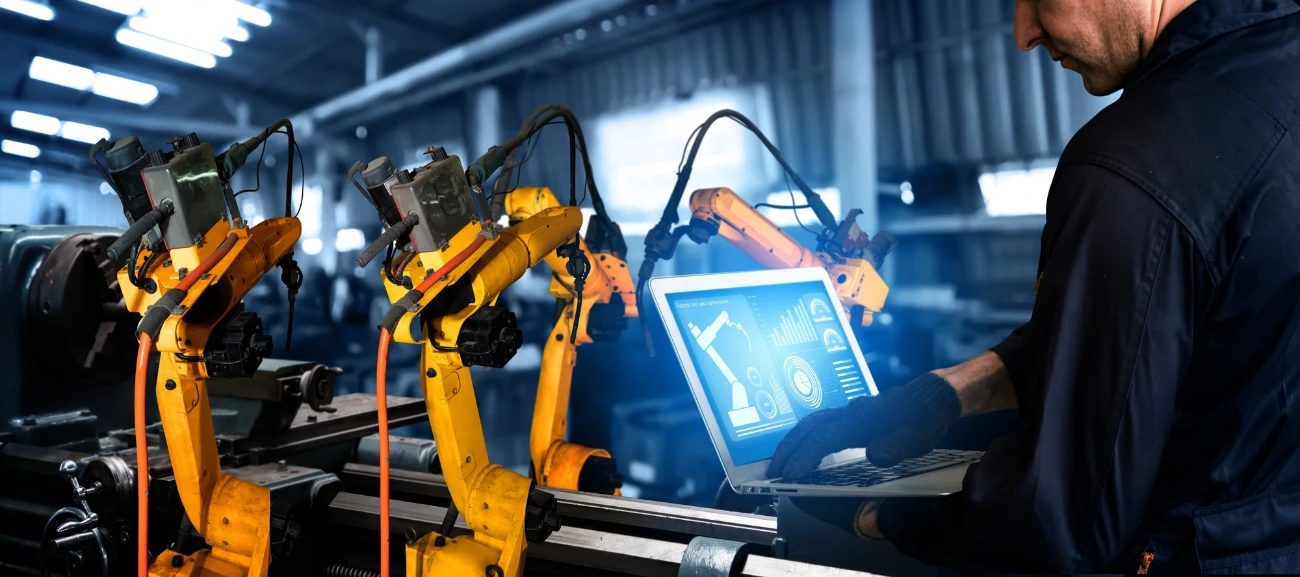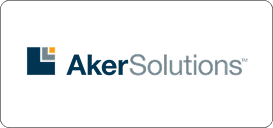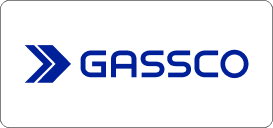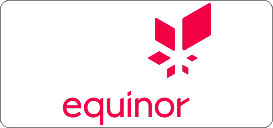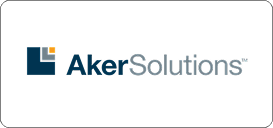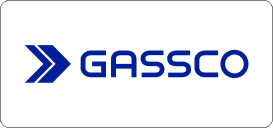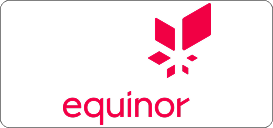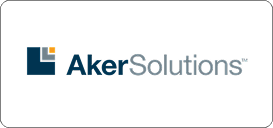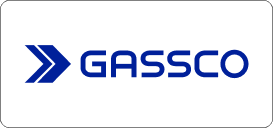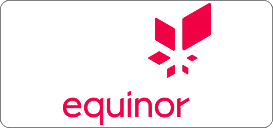Welding plays a crucial role in industries like construction, manufacturing, and energy. To ensure high-quality, defect-free welds, businesses must comply with ISO 3834-2, the most stringent standard for welding quality requirements. This standard ensures strict control over welding processes, improving safety, durability, and regulatory compliance.
Key Requirements for ISO 3834-2 Compliance
Qualified Welding Personnel – Welders, supervisors, and inspectors must hold relevant certifications.
Welding Procedure Specifications (WPS) – Approved procedures to ensure consistent welding quality.
Quality Control & Inspection – Regular non-destructive testing (NDT), including radiographic and ultrasonic inspections.
Material Traceability – Complete records of materials used in each welding process.
Equipment Maintenance – Regular calibration and servicing of welding equipment.
Documentation & Record Keeping – Detailed logs of welding activities, personnel certifications, and inspections for audits.
Why Compliance with ISO 3834-2 is Important
Enhances Product Quality – Ensures welds meet the highest industry standards.
Reduces Safety Risks – Prevents welding failures that could lead to costly accidents.
Ensures Regulatory Compliance – Meets legal and contractual requirements for welding projects.
Minimizes Rework & Costs – Prevents defects, saving time and resources.
Improves Market Opportunities – Many industries require ISO 3834-2 compliance for partnerships and contracts.
Achieving ISO 3834-2 Certification
To get certified, companies must:
Assess Current Welding Practices – Identify gaps in compliance.
Train Welding Personnel – Ensure all workers are properly qualified.
Implement Quality Control Measures – Conduct routine inspections and testing.
Develop Comprehensive Documentation – Maintain accurate records of welding processes and materials.
Undergo an External Audit – Get certified by an accredited body.
For businesses looking to simplify compliance, real-time welding monitoring solutions like HUWIM can streamline the process by ensuring accurate tracking, automated reporting, and quality control.


